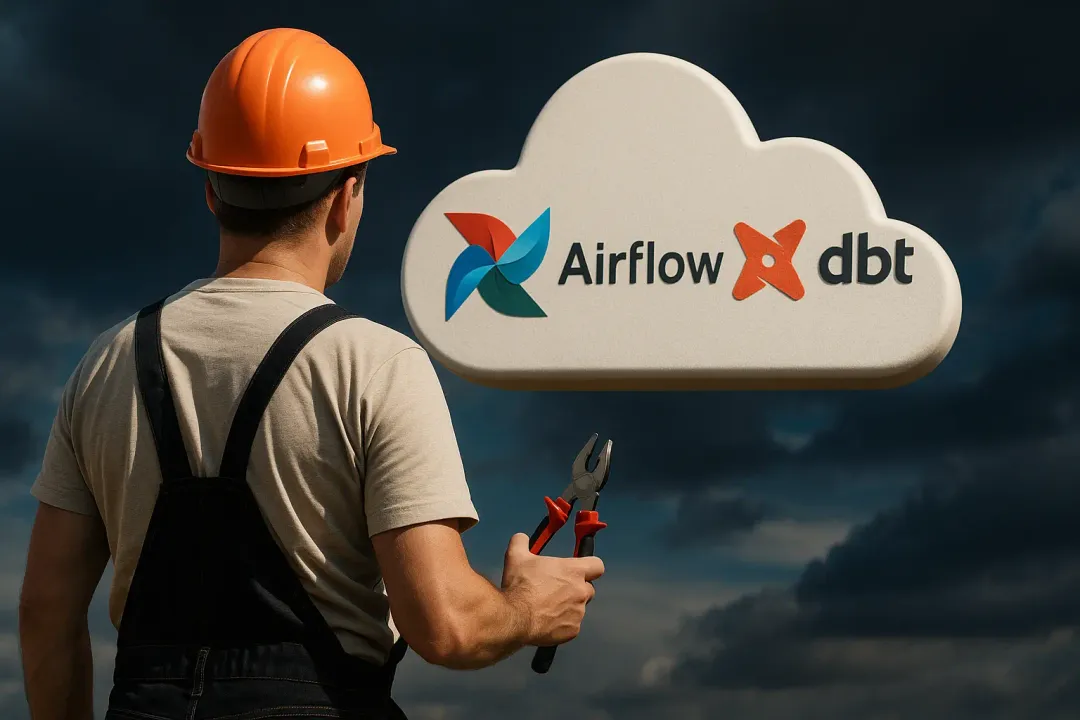
Sunscrapers Team
9 December 2022, 6 min read

What's inside
- Python versus Go
- Few words about Python
- Few words about Go
- Main differences between Python and Go
- Main characteristics of Python
- Main characteristics of Go
- Main weaknesses of Python
- Main weaknesses of Go
- Final words
- Read more
Python versus Go
Every time a business wants to create an application, the first thing that needs to be established is the choice of programming language that will be used in the project.
It’s not easy, as there is no answer to which language is better. It always comes down to some details and specific requirements, as well as the field of expertise of the project itself.
This time we will take a look at the comparison of two programming languages. One is relatively newer than the other, and let’s see their pros, cons, and differences.
The languages are Python and Go (Golang).
Few words about Python
So most of you probably know what Python actually is, but let’s just get a quick glimpse and write down key facts.
Python is an object-oriented, interpreted, high-level programming language with dynamic semantics. It has built-in data structures, dynamic typing, and binding, making it very attractive for rapid development and for a scripting language to bind existing components.
The syntax is simple, and it emphasizes readability, which minimizes the amount of maintenance work. In addition, it supports modules and packages that will force modularity and re-usage of the code. And it’s open source.
Few words about Go
On the other hand, Go is a statically typed, compiled programming language. Google designed it. It’s semantically similar to C but has memory safety, garbage collection, structural typing, and concurrency (CSP-style).
It was created to be simple, reliable, efficient, and high-performing. It came to life in 2009, was made open-source in 2012, and quickly became popular.
It is used for backend development, game development, and cloud-based programming. Some people use it for data science or command-line tools as well.
Main differences between Python and Go
Now that we know some basic facts let’s look at the main differences between those two programming languages.
- Main characteristics
Python is object-oriented, imperative, functional, and procedural, while Go is functional, procedural, and concurrent.
- Exceptions
Python fully supports exceptions, while Go limits them (it freezes function and raises panic).
- Inheritance
Go does not support inheritance, whereas Python does.
- Concurrency
This is a key difference, because Python does not have a built-in concurrency mechanism, while Go is built around it.
- Speed
Go is faster than Python - mainly because it was written to be faster than anything else, and because of that, Go is a compiled language.
- Object-oriented programming
Go does not support object-oriented programming, while in Python everything is an object.
Main characteristics of Python
Let’s take a look at the main strengths of Python.
- It’s very easy to learn and maintain.
- It’s high-performing (maybe not as high as Go, but still, it’s pretty fast).
- It offers support for automatic garbage collection.
- It fully supports an interactive way of debugging and testing.
- It has dynamic type checking as well as high-level dynamic data types.
- You can import low-level modules to the interpreter.
- It has a very large community of engineers - hence it’s easy to search for support on many forums and groups.
- Python, mainly because it’s older than Go, has a much bigger amount of libraries available.
- Python source code is extremely easy to share through Jupyter notebooks or Google colab.
- It’s a portable language, so it’s easy to run on a wide range of operating systems and devices.
- It offers database interfaces for all major DBMS systems.
- Python is a very flexible language.
Main characteristics of Go
Now let’s look at the main strengths of the Go language.
- Google creates it, and it’s open source. Having such a large company support the codebase is a perfect thing.
- It has static typing.
- It’s a compiled language - its strengths are connected with this fact. It means that the code is directly converted into machine code that the processor later executes.
- It fully supports concurrency.
- The code is fairly easy and readable.
- It has built-in garbage collection - goLand.
- It’s procedural, meaning that procedures (or functions) are connected to form a program.
- It has features of both statically typed languages (performance, type safety) and dynamically typed (readability, expressiveness, and conciseness).
Main weaknesses of Python
Now that we know the characteristics of the languages and the main differences between them let’s take a look at the weak parts - and let’s begin with Python.
- It’s not very good for mobile computing, making it a less obvious choice for mobile app developers.
- It’s much slower than GoLang.
- It’s not suitable for low-level programming.
- There are some limitations when it comes to database access.
- It’s not suitable for memory-intensive applications as it has a big memory consumption - mainly because of flexible/dynamic data types.
- Again - because of dynamic data types - the application needs to be very well tested, which may take longer.
- The simplicity of the language may be a disadvantage, especially if Python is the engineer’s first choice - as it may make other languages harder to learn.
Main weaknesses of Go
Let’s take a look at the main disadvantages of Go.
- It’s not a generic language that often causes repetitive code - thus violating the DRY (don't repeat yourself) principle.
- The library support is much smaller than the one in Python, for example.
- Dependency management is not very good because the go-get command will copy whatever is on the repository making version changes impossible to trace.
- Lack of function overloading and default values for arguments.
- Error handling is not as effective as in Python, which makes debugging a nightmare, especially that in Python 3.11 tracebacks were refined even more.
Final words
As you see, the languages we’re comparing here are different, so it’s really hard to say that there is an obvious choice when considering those two. As it usually is - it all comes down to details. But, basically, Python and Go are great choices for slightly different situations.
For example, using Go will be a good choice for server-side applications, while Python will be a no-brainer whenever building data-science applications. In addition, Go is an excellent choice for writing specific system parts that require high-speed, concurrency, and memory-heavy solutions.
We think that this is why, when faced with a choice, you should either do vast research or consult a specialist, like Sunscrapers, to help you make a good decision based on the experience of experts.
Contact us at [email protected]


